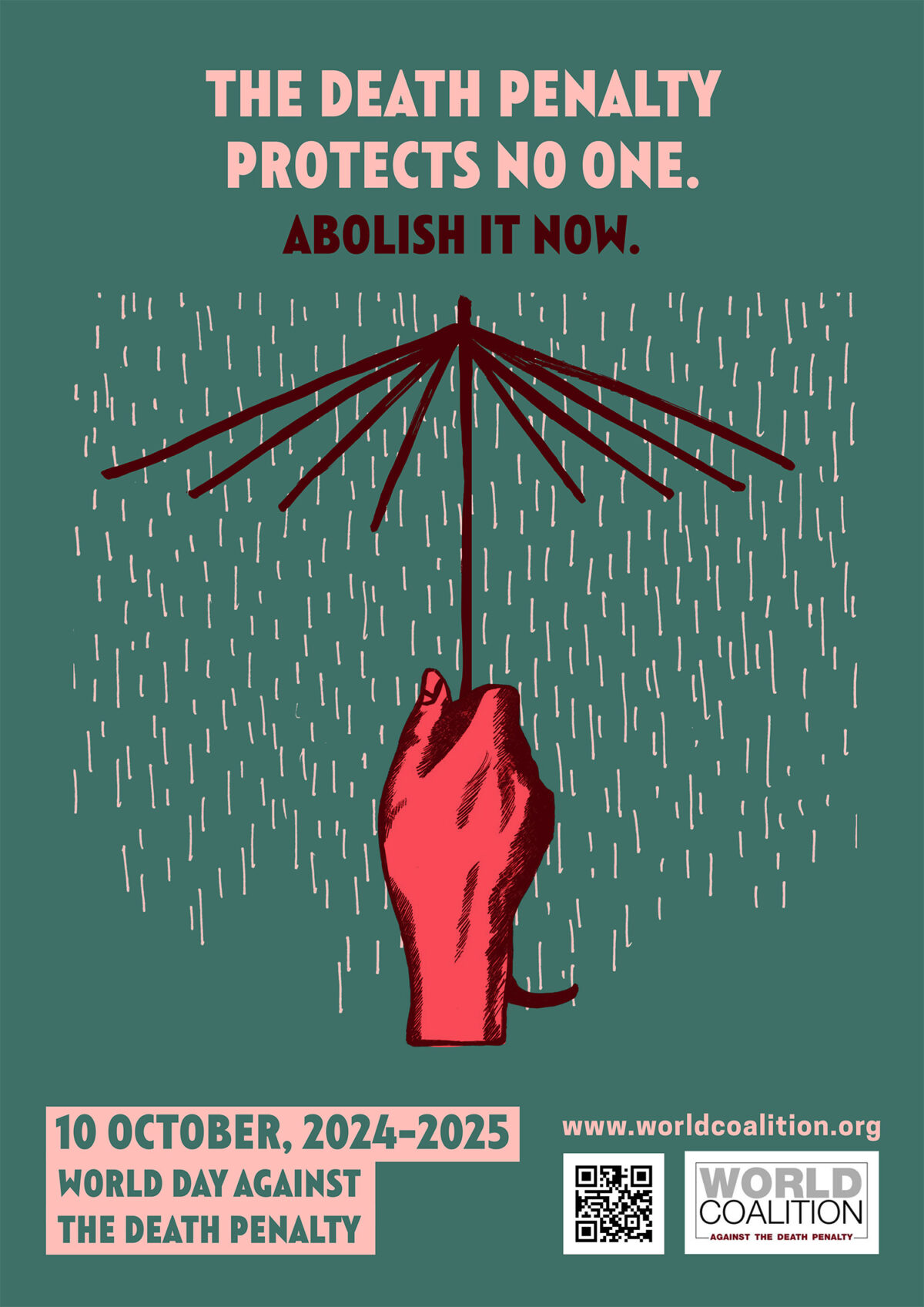Article
Dangerousness, Risk Assessment, and Capital Sentencing
Judges, jurors, police officers, and others are sometimes asked to make a variety of decisions based on judgments of dangerousness. Reliance on judgments of dangerousness in a variety of legal contexts has led to considerable debate and has been the focus of numerous publications. However, a substantial portion of the debate has centered on the accuracy and improvement of risk assessments rather than the issues concerning the use of dangerousness as a legal criterion. This article focuses on whether dangerousness judgments can play a useful role in capital sentencing decisions within the framework of “guided discretion” and “individualized assessment” set forth by the Supreme Court of the United States. It examines the relationship between these legal doctrines and contemporary approaches to risk assessment, and it discusses the potential tension between these approaches to risk assessment and these legal doctrines. The analysis suggests that expert testimony has the potential to undermine rather than assist the sentencer’s efforts to make capital sentencing decisions in a manner consistent with Supreme Court doctrine. This analysis includes a discussion of the advances and limitations of current approaches to risk assessment in the context of capital sentencing.
- Document type Article
- Countries list United States
- Themes list Networks,



